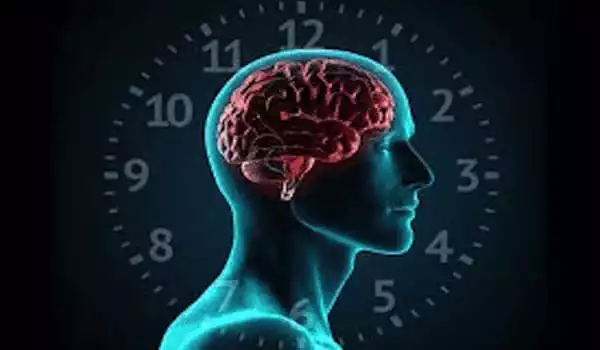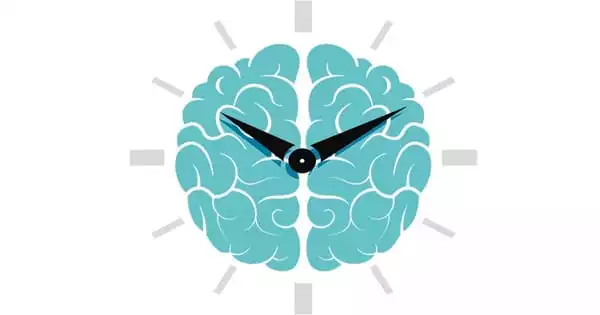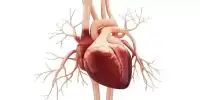Circadian Rhythm Disturbances (CRDs) afflict up to a quarter of Alzheimer’s disease (AD) patients at some point in their disease. The key factors associated with the cause of CRDs are changes in the suprachiasmatic nucleus and melatonin secretion. As a result, the normal physiology of sleep, the biological clock, and core body temperature are all compromised.
According to new research published today in PLOS Genetics, the brain’s ability to remove a protein associated to Alzheimer’s disease is linked to our circadian cycle. The study emphasizes the relevance of good sleep habits in avoiding the protein Amyloid-Beta 42 (AB42) from clumping in the brain and opens the door to possible Alzheimer’s treatments.
“Circadian modulation of immune cells plays a part in the delicate interaction between the circadian clock and Alzheimer’s disease,” said Jennifer Hurley, associate professor of biological science at Rensselaer Polytechnic Institute and an expert in circadian rhythms. “This suggests that a healthy sleep pattern may be crucial in alleviating some of the symptoms of Alzheimer’s disease, and that this positive effect may be conferred by an immune cell type known as macrophages/microglia.”
The study was carried out at the Rensselaer Center for Biotechnology and Interdisciplinary Studies, which specializes in neurodegenerative disease research. Dr. Hurley collaborated with Rensselaer professors Robert Linhardt, an expert in glycans and the developer of synthetic heparin, and Chunyu Wang, whose ongoing research has elucidated various mechanisms in the synthesis and distribution of proteins linked in Alzheimer’s disease.
Circadian modulation of immune cells plays a part in the delicate interaction between the circadian clock and Alzheimer’s disease. This suggests that a healthy sleep pattern may be crucial in alleviating some of the symptoms of Alzheimer’s disease, and that this positive effect may be conferred by an immune cell type known as macrophages/microglia.
Jennifer Hurley
“This insight reveals a new mechanism and path to treatment of neurodegenerative diseases like Alzheimer’s through an interdisciplinary approach, and is emblematic of the CBIS strength in research and discovery, and provides a new angle to human health and well-being,” said CBIS director Deepak Vashishth.
The circadian system is made up of a core collection of clock proteins that predict the day/night cycle by producing daily oscillations in the amounts of enzymes and hormones, altering physiological parameters such as body temperature and immunological response. Disruption of the circadian system is being increasingly linked to disorders such as diabetes, cancer, and Alzheimer’s.

Plaques, extracellular clusters of AB42 in the brain, are a clear symptom of Alzheimer’s disease. Macrophages (also known as microglia in the brain), which are immune cells that seek and destroy undesired material, remove AB42 from the brain by consuming it in a process known as phagocytosis. Dr. Hurley and colleagues from the Royal College of Surgeons in Ireland previously explored circadian control of macrophages, gathering an extensive dataset that allowed them to detect which macrophage RNA and proteins fluctuate with a circadian rhythm.
The researchers noticed oscillations in enzymes that help to make two proteins on the macrophage cell surface — heparan sulfate proteoglycan and chondroitin sulfate proteoglycan- both of which are known to play a role in regulating clearance of AB42.
Could these cell surface proteoglycans represent the missing link between the circadian system and Alzheimer’s disease? The scientists established that the amount of AB42 eaten by healthy macrophages oscillates with a daily circadian rhythm in a series of elegant studies testing this idea. That pattern did not appear in macrophages that did not have a circadian clock. They also observed daily fluctuations in the quantities of heparan sulfate proteoglycans and chondroitin sulfate proteoglycans generated on the surface of macrophage cells with normal circadian cycles. Peak AB42 clearance occurred when surface cell proteoglycan production was at its lowest, and removal of these proteoglycans boosted intake, implying that the proteoglycans restrict AB42 clearance.
“What’s evident is that everything is timed by the circadian clock,” Dr. Hurley added. “When there is a high concentration of these cell surface proteoglycans, macrophages do not consume AB42. We’re not sure why that is, but there is clearly a connection.”
This link could be used to design medicines that increase AB42 clearance, possibly by increasing the amplitude of daily oscillations, which tend to decrease as we age. “In theory, if we could raise that rhythm, we might be able to increase the clearance of AB42 and prevent brain injury,” Dr. Hurley explained.
Because tau is strongly connected to brain damage, the researchers believe that overproduction of the protein may be a necessary step in the development of Alzheimer’s, and that lowering tau production may help treat the illness. “These findings suggest a significant new therapeutic route,” Karch added. “Blocking tau production could be explored as a target for illness treatment.”
















